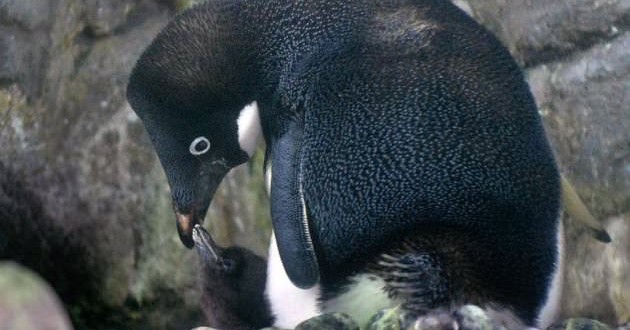Researchers have found a new type of avian influenza virus in a group of Adélie penguins from Antarctica.
Aeron Hurt, PhD, a senior research scientist at the WHO Collaborating Centre for Reference and Research on Influenza in Melbourne, Australia, said that this is the first time that a distinct, live flu virus has been found in these birds.
For the study, researchers obtained swabs from the windpipes and posterior openings of 301 Adélie penguins and blood samples from 270 penguins.
The researchers found avian influenza viruses in eight samples, six from adult penguins and two from chicks.
On further analysis of the samples, the researchers found all viruses were H11N2 influenza viruses that were highly similar to each other.
But when the researchers compared the genome sequences of four of the collected viruses to all available animal and human influenza virus sequences in public databases, “we found that this virus was unlike anything else detected in the world,” said Hurt.
“When we drew phylogenetic trees to show the evolutionary relationships of the virus, all of the genes were highly distinct from contemporary AIVs (avian influenza viruses) circulating in other continents in either the Northern or Southern Hemisphere.”
Four of the gene segments were most closely related to North American avian lineage viruses from the 1960s to 1980s, while two genes showed a distant relationship to a large number of South American avian influenza viruses from Chile, Argentina and Brazil.
Hurt estimated that the virus has been evolving for the past 49 to 80 years without anyone knowing about it, but whether this evolution has occurred exclusively in Antarctica is currently unknown.
It raises a lot of unanswered questions, including how often bird flu viruses are being introduced into Antarctica, whether it is possible for highly pathogenic bird flu viruses to be transferred there, what animals or ecosystems are maintaining the virus, and whether the viruses are being cryopreserved during the winters.
The study was published in mBio, an online open-access journal of the American Society for Microbiology.
Agencies/Canadajournal
 Canada Journal – News of the World Articles and videos to bring you the biggest Canadian news stories from across the country every day
Canada Journal – News of the World Articles and videos to bring you the biggest Canadian news stories from across the country every day



